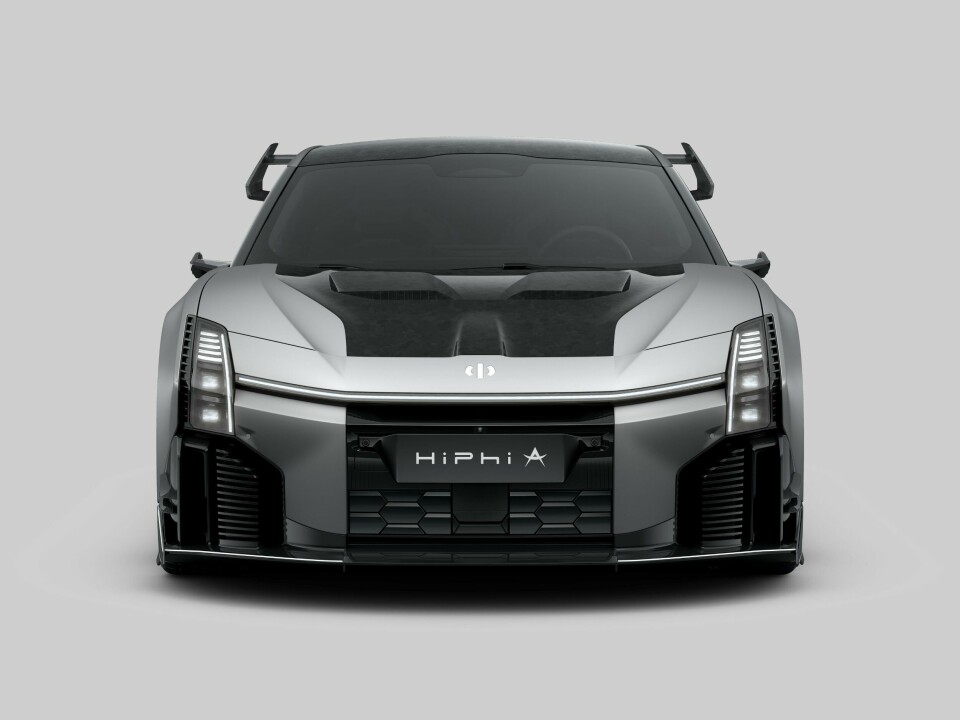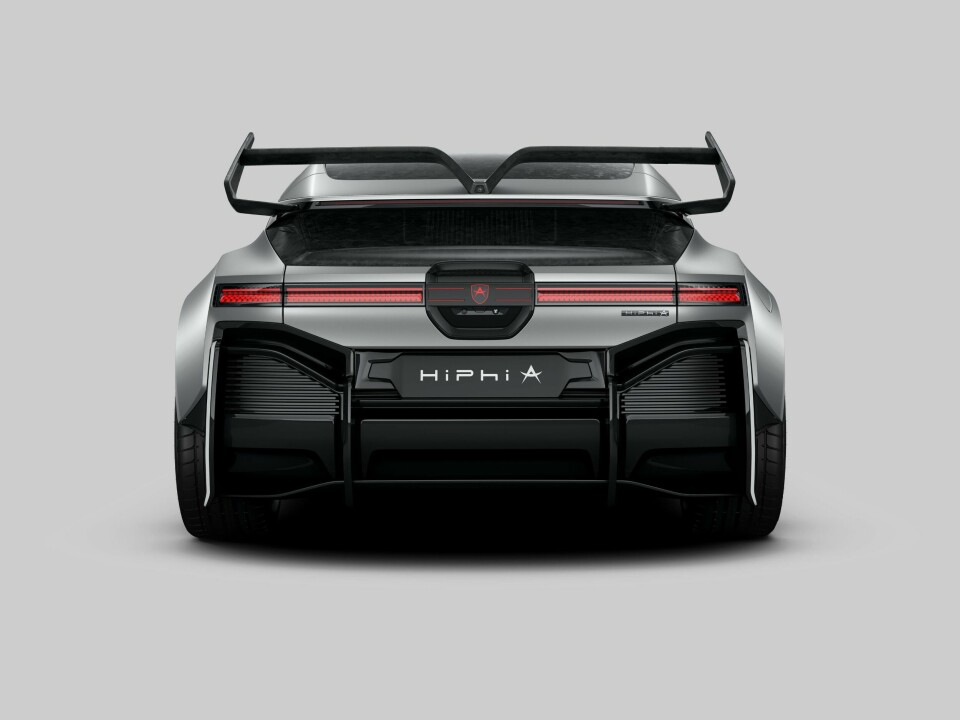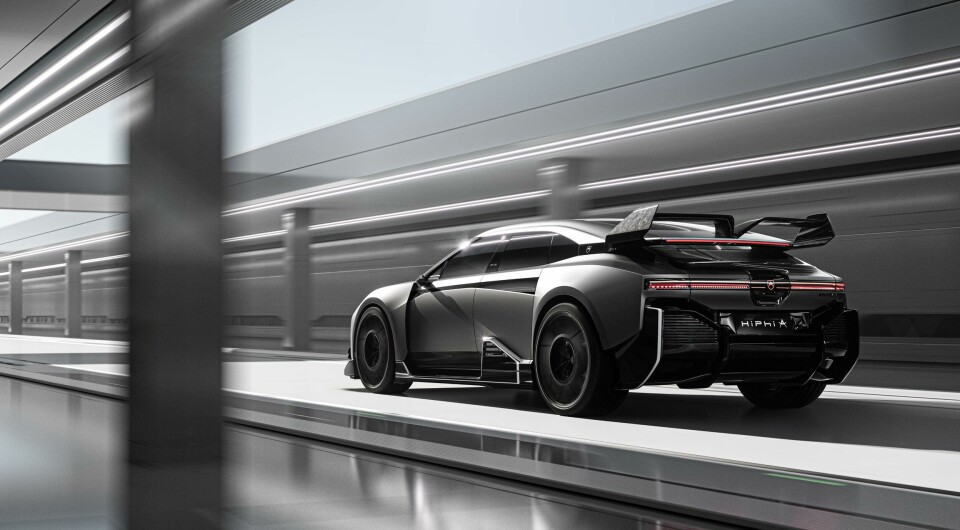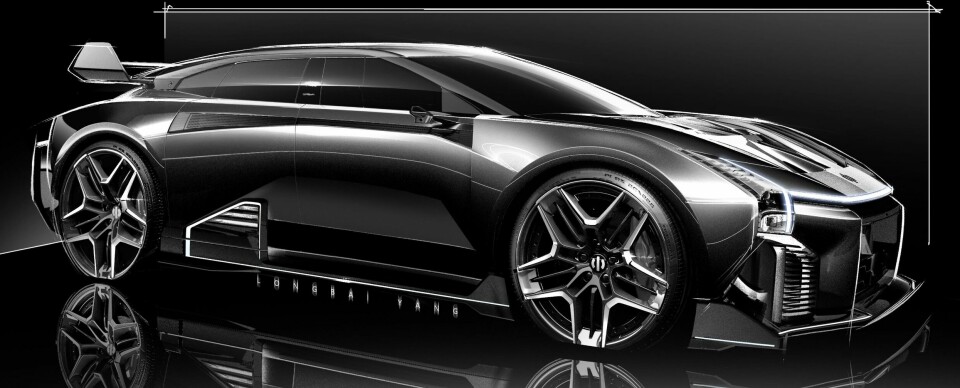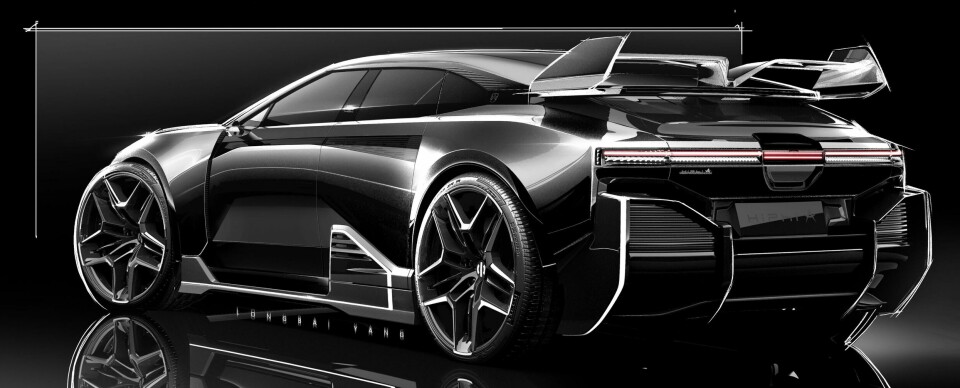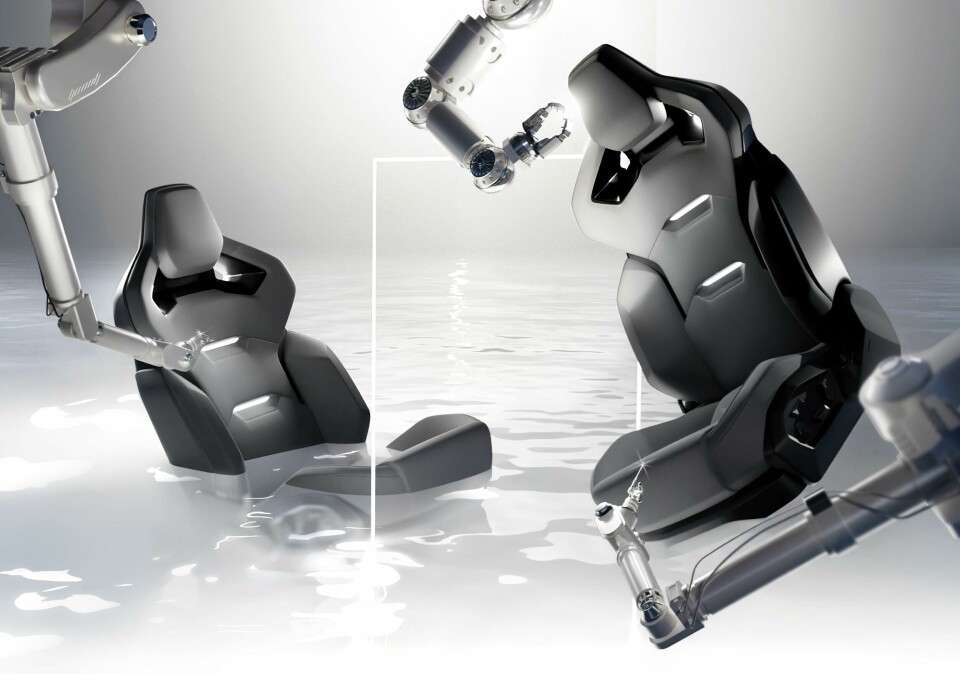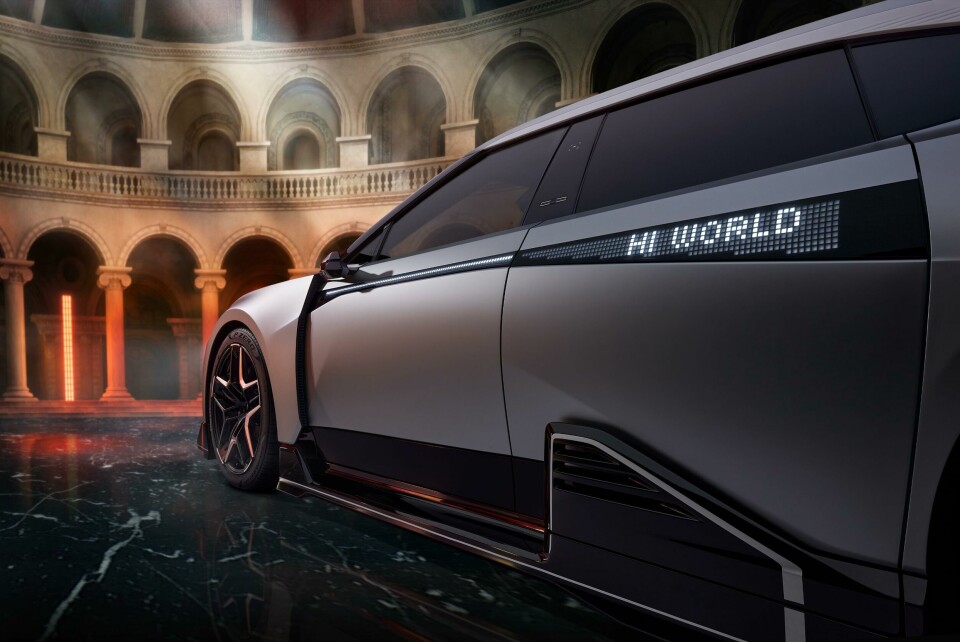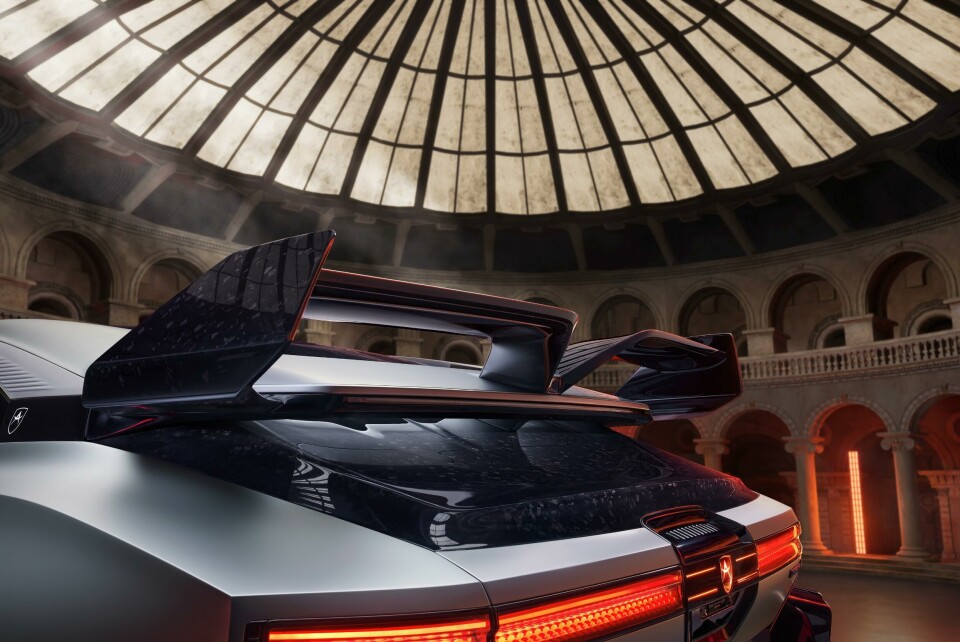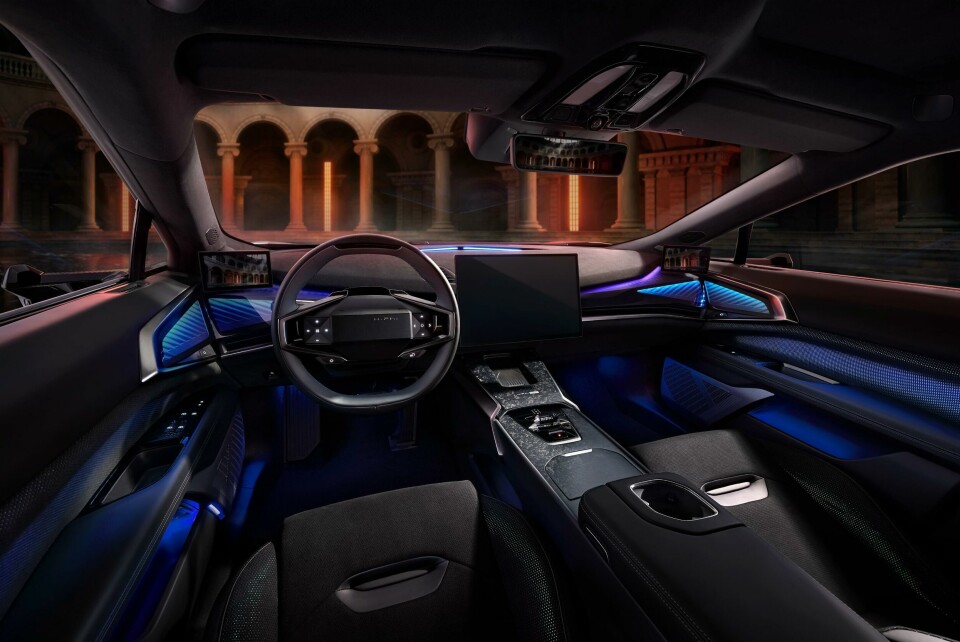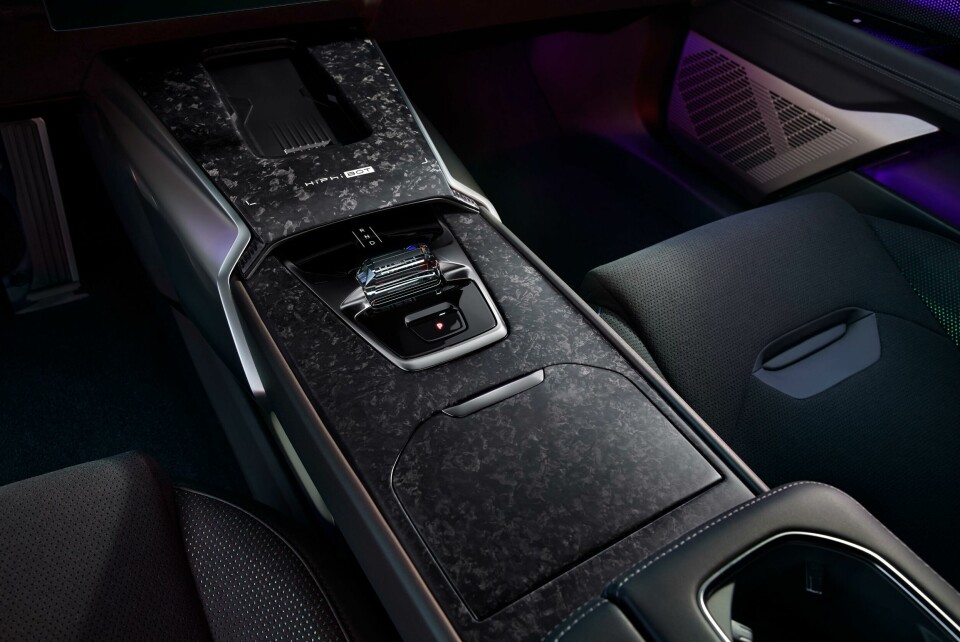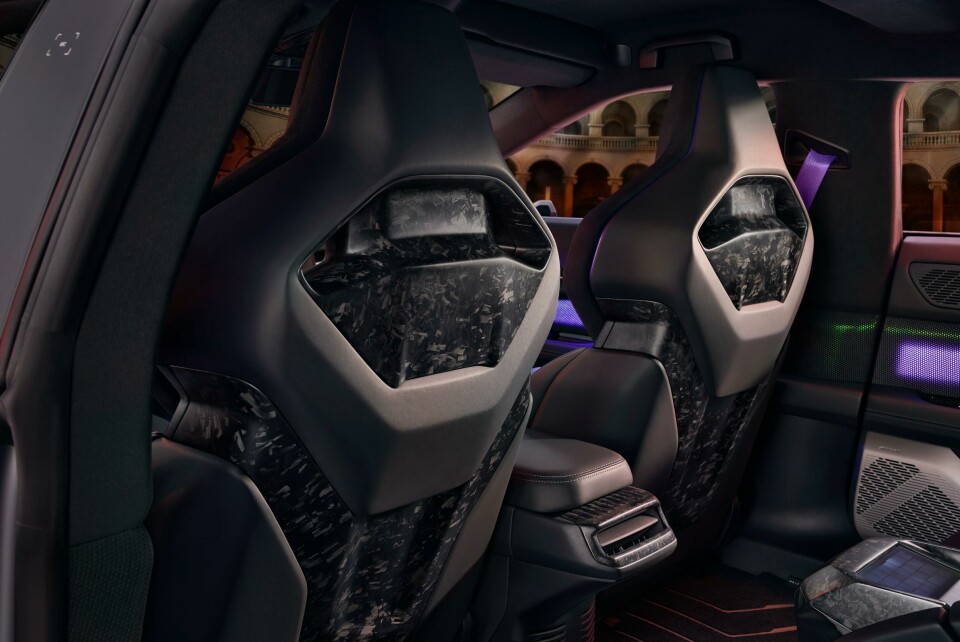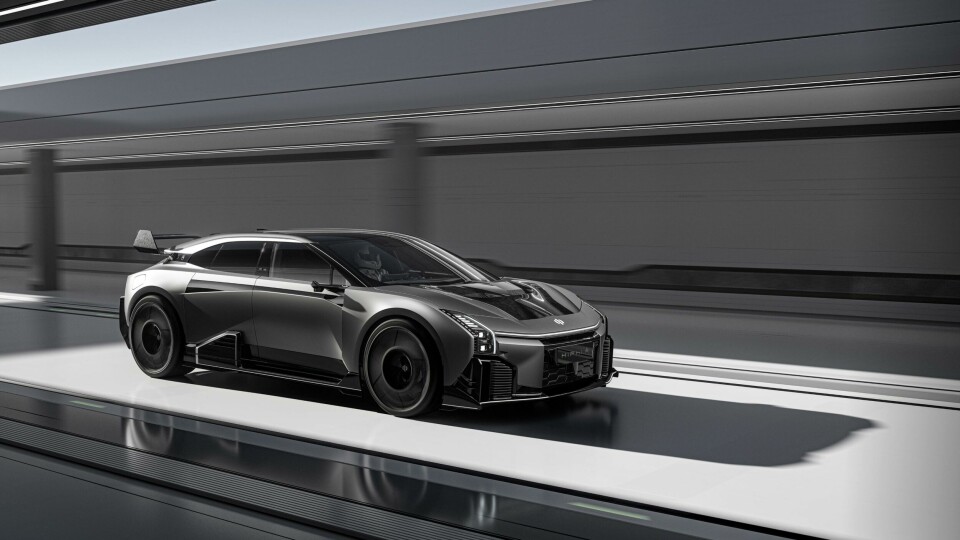
HiPhi brings its ‘A game’ with new hypercar
Two Chinese carmakers have teamed up to produce an electric hypercar with added character, the HiPhi A
Car design in China has never been so hot, and boy do we know it. Brands that may have once sold well locally but remained relatively unknown in Western markets are making huge strides in Europe and beyond thanks to boundary-breaking designs that appeal to a global audience. Among the players pushing through is Human Horizons and its luxury electric marque HiPhi.
Making European debuts at the 2023 Goodwood Festival of Speed, the sporty HiPhi Z grand tourer and the chunky HiPhi Y SUV initially escaped our attention among the buzz of the event, but both models have since garnered significant interest and have propelled the company forward, with the latter slated to hit the European market next year. A showroom directly outside Munich airport – opposite Audi, no less – also makes clear that HiPhi is serious about making a mark.
Keen to keep momentum, the company quickly turned to another Chinese carmaker called Wesail New Energy Automotive when designing the next model in its portfolio, the HiPhi A. Speaking to Car Design News, Nicolas Huet, vice president of design at Human Horizons, explains how the collaboration naturally gravitated towards hypercar territory.
“The only constraint was to create a unique machine with a distinctive character away from known references. We got some really wild proposals”
“The cooperation with Apollo is the result of an encounter between our chief executive David Ding and the Wesail leadership,” he says. “Discussions started in the early days of HiPhi and [its mother company] Human Horizons, and both parties explored the opportunity to create synergies and harmonise the strengths of each brand. Apollo had already established a community that was enthusiastic for hypercars, so it had the ability to provide valuable insight and suggestions for the market.”
Drawing on experience gained from its Apollo hypercar, Wesail’s design team were able to offer clarity and direction when tackling the project. But, as Huet notes, the HiPhi A is the result of a “bilateral design decision process”, with each team respecting input from the other, and the co-nurturing of a desire to exceed expectation. The design was completed at HiPhi’s two studios, with the bulk of the 150-strong team located in Shanghai, China, and a smaller contingent at its advanced studio in Tokyo.
Early ideas for the hypercar were shaped by practical considerations, such as the size and position of HiPhi’s own battery and motor technology. Two bucket seats in the front take centre stage, and because the compact battery and motors sit embedded inside the company’s 800V EV platform, there is still plenty of room for another two seats in the back.
“We also added some challenging performance targets and gave our designers freedom to explore without any design attribute boundaries,” Huet continues. “The only constraint was to create a unique machine with a distinctive character away from known references. We got some really wild proposals.”
Weight and aerodynamics were also key considerations, hence the giant rear spoiler, the array of splitters, and abundant air inlets and outlets on the outside, as well as the inclusion of 3D-printed titanium and carbon fibre on the centre console and seats inside. High-performance aluminium alloys and nano-ceramics are also used in the chassis to keep it as light as possible while retaining structural rigidity.
But despite the clear focus on performance, the HiPhi A does not appear to be cold and clinical. There are small touches both inside and out that give the model a unique character. Huet picks out the external rear door display as a personal highlight, with its simple pixelated design that allows users to display personalised messages while also acting as a lighting feature.
“There are still many people anchored in the ICE era who value established brand heritage attributes, and there is nothing wrong with that. We will not appeal to everyone and we do not aim to do so”
Ambient lighting strips also provide a warmth and welcoming feel inside the cabin, while soft-touch materials and storage compartments give a little extra comfort and functionality for passengers. Then there is the IP, with its sleek large centre screen – another favourite for Huet.
“The HiPhi Bot is a central screen mounted on a multi-degree displacement robotic arm,” he notes. “For hypercar owners, the interaction with the machine is an emotional trigger and HiPhi Bot serves this purpose perfectly. Both the Bot and the external side door display are global premieres for HiPhi, unique to the A. They stand out as a brand signature and symbolise, through our interpretation, the digital transformation of the industry.”
Could this marriage of digitalisation, performance and comfort be representative of future designs for a company like HiPhi that, as Huet suggests, can act like a start-up and design quickly and efficiently? “I don’t think that there is a single answer regarding car design evolution,” he says. “There are still many people anchored in the ICE era who value established brand heritage attributes, and there is nothing wrong with that. We will not appeal to everyone and we do not aim to do so.”
